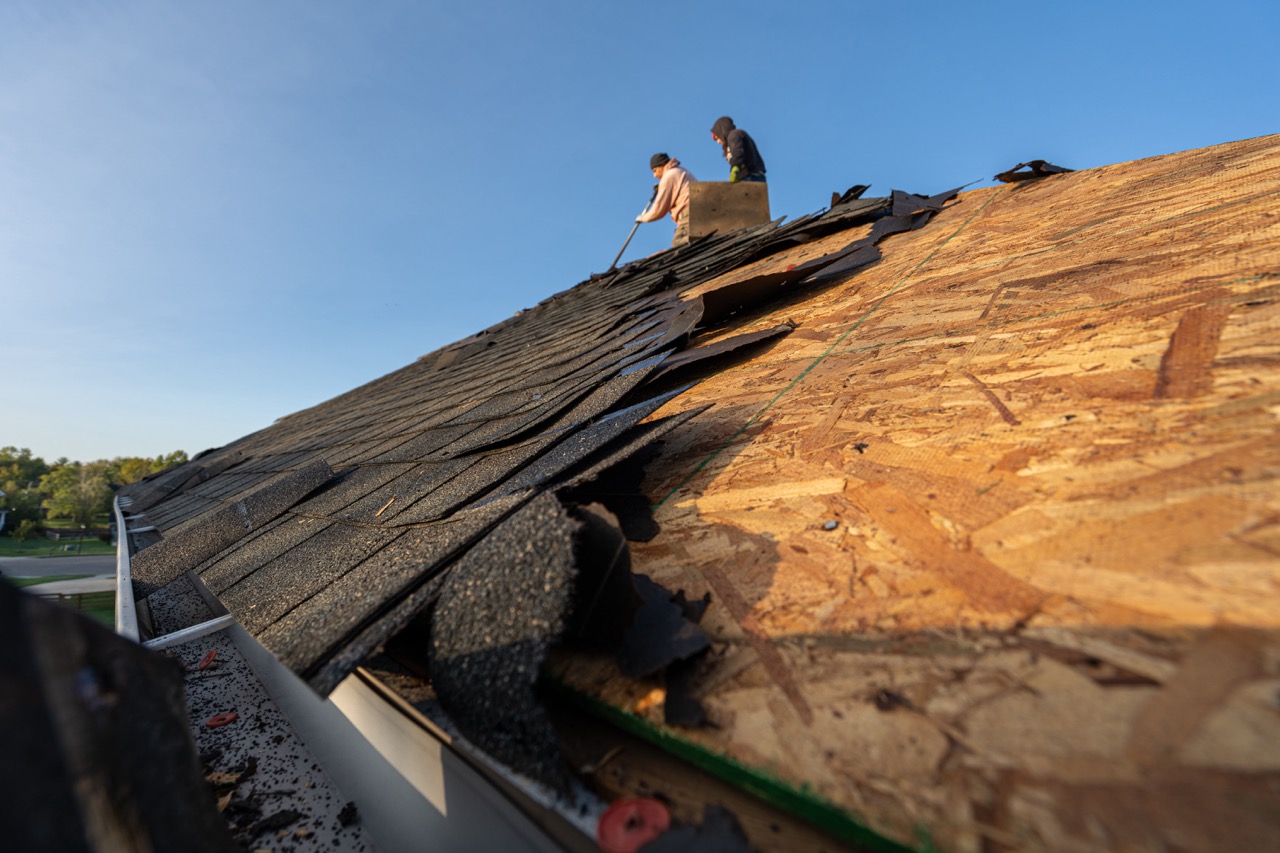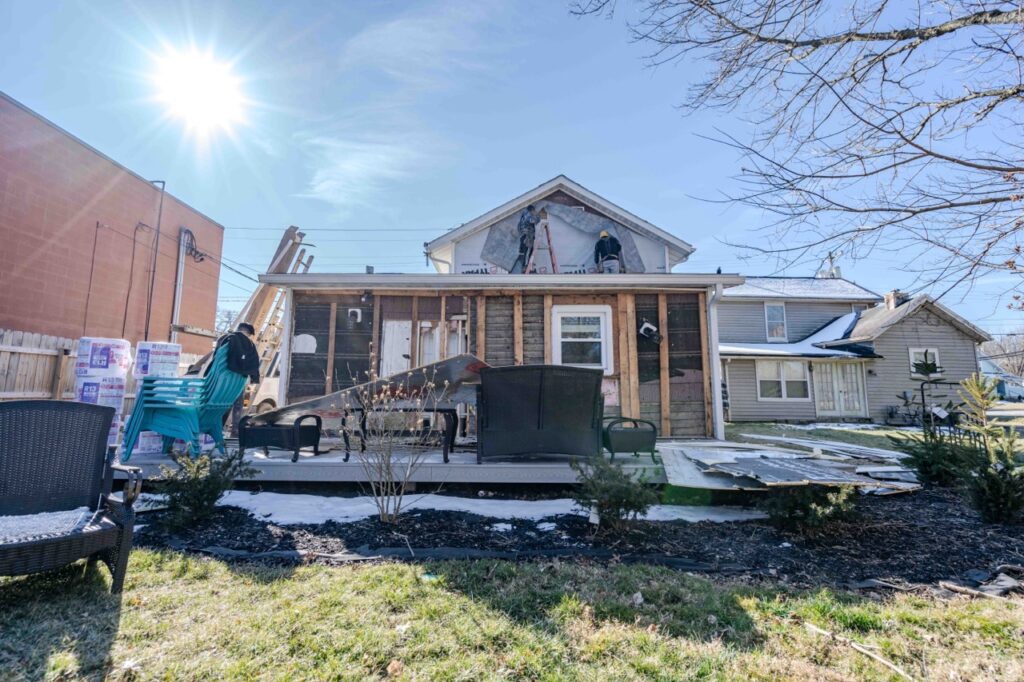Navigating the complexities of insurance claims, particularly for roofing damage, can be a frustrating experience. Many homeowners, despite having their claims approved, often find themselves confused about the exact amount they’ll receive. This guide aims to demystify the process, providing a clear and concise breakdown of your roofing insurance claim settlement.
Understanding the Basics
Before diving into the specifics of your claim, it’s essential to grasp some fundamental concepts related to roofing insurance:
- Coverage Limits: The maximum amount your insurance policy will pay for roof damage, typically tied to your dwelling coverage.
- Deductible: The fixed amount you must pay out-of-pocket before your insurance coverage kicks in.
- Actual Cash Value (ACV): The replacement cost of your roof minus depreciation.
- Replacement Cost Value (RCV): The cost to replace your roof with a similar one, without deducting for depreciation.
Breaking Down Your Roofing Insurance Claim
- Claim Number and Date of Loss:
- Claim Number: A unique identifier for your specific claim.
- Date of Loss: The date the roof damage occurred, such as from a storm or other covered peril.
- Insured’s Information:
- Policyholder’s Name: Your name as the policyholder.
- Policy Number: The unique number assigned to your insurance policy.
- Loss Description:
- Detailed Description of Damage: A comprehensive explanation of the roof damage, including affected areas and the extent of the damage (e.g., missing shingles, water damage to the interior).
- Cause of Loss: The reason for the damage, such as a hailstorm, wind damage, or falling objects.
- Estimated Loss:
- Total Estimated Loss: The initial estimate of the total cost to repair or replace the damaged roof.
- Breakdown of Estimated Loss: A detailed breakdown of the estimated costs for different components, such as roof decking, shingles, labor, and potentially interior repairs.
- Deductible:
- Amount of Deductible: The fixed amount you’re responsible for paying.
- Insurance Payment:
- Payment Amount: The amount your insurance company will pay towards your claim.
- Payment Breakdown: A breakdown of the payment, including the amount allocated to different components of the roof repair or replacement.
- Recoverable Depreciation:
- Depreciation Amount: The amount deducted from the replacement cost due to the age and condition of your roof.
- Recovery Process: Information on how to recover the depreciation amount by completing repairs or replacements.
- Additional Information and Conditions:
- Important Notes and Conditions: Any specific terms, conditions, or limitations associated with your roofing claim.
- Contact Information: Contact details for your insurance adjuster or claims representative.
What You’ll Actually Receive
While the insurance company may initially calculate the Replacement Cost Value (RCV) of your damaged roof, this is often the maximum amount they will offer. To determine the actual amount you’ll receive, you’ll need to subtract your deductible from the RCV.
For example:
- If the RCV of your roof is $10,000 and your deductible is $1,000, you’ll receive a payment from your insurance company of $9,000.
A Word of Caution: Roofing Contractor Pricing
Unfortunately, it’s a common practice for some roofing contractors to inflate their prices when they know an insurance claim is involved. By doing so, they aim to maximize the RCV and potentially leave you with less money to cover other necessary repairs or improvements to your home.
To mitigate this issue, it’s advisable to:
- Obtain Multiple Quotes: Get quotes from several reputable roofing contractors before discussing your insurance claim.
- Delay Revealing Insurance Involvement: Avoid mentioning your insurance claim until the very end of the quoting process. This can help ensure you receive a fair and competitive price.
By taking these precautions, you can protect your financial interests and ensure that your insurance settlement is used efficiently to restore your home.



